Affiliate links on Android Authority may earn us a commission. Learn more.
Best of Android 2017: What phone offers the best User Experience?
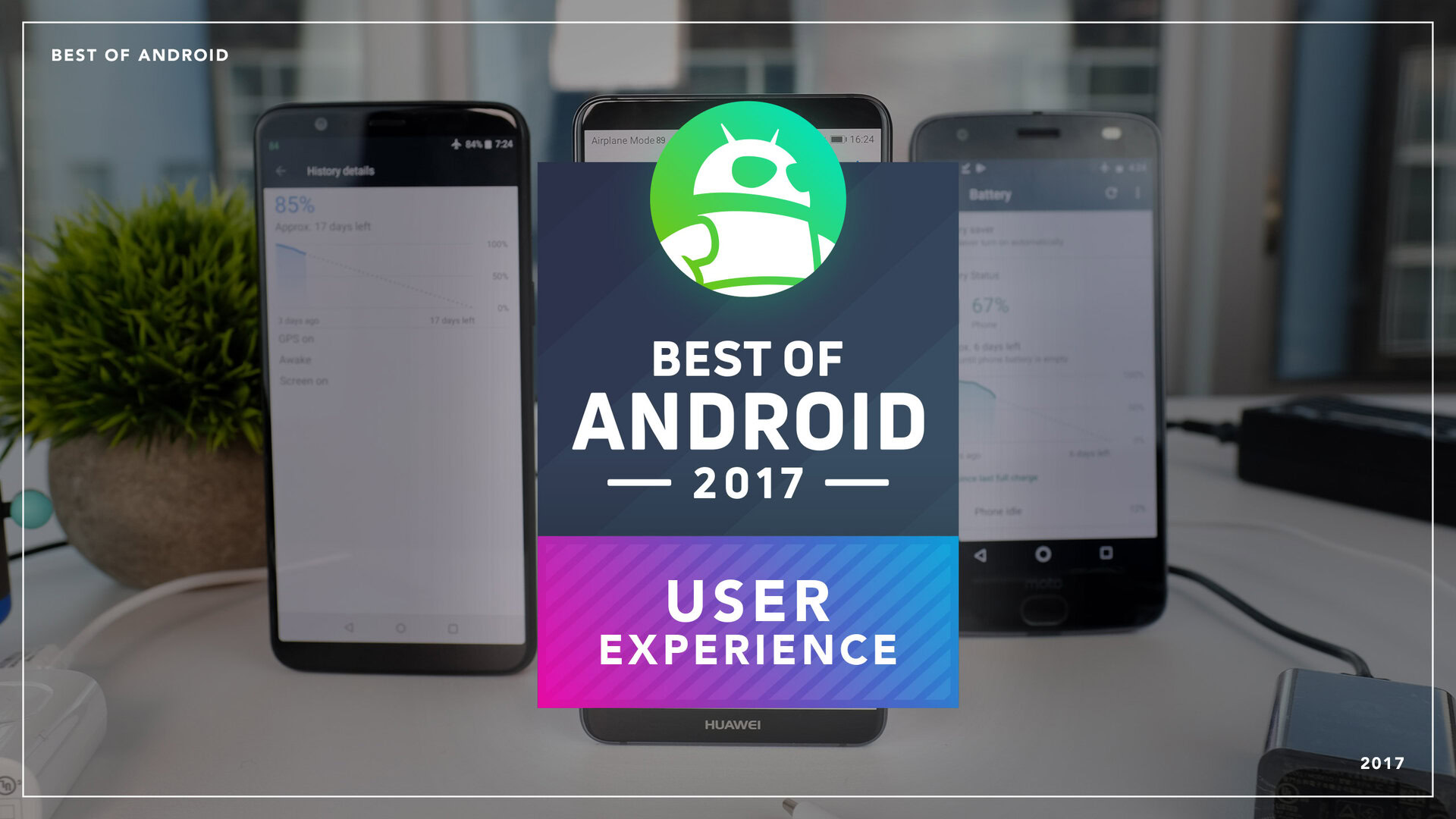
The latest flagship Android smartphones are becoming increasingly homogenous, with similar specs and features, and as such, the differences are constantly getting smaller. How do you decide which device offers the best overall package?
For most users, it comes down to the overall experience, and this week, we’ve explored different areas of the overall experience, including the display, audio, battery, performance and camera. The other key area that needs to be explored is the actual user experience, but how do you assess how good a phone’s UX is, when each person gets value from a different feature?
How we tested the UX
Trying to decide which phone offers the best user experience is probably the most challenging thing when assessing smartphones. While things like display quality, battery life and performance are all quantifiable, user experience is mostly subjective.
For Best of Android 2017, our approach to user experience was simple: which phone ticks all the hardware and software features that we feel make up a flagship device? Our UX testing spans every area of a phone, from hardware features including display, audio, battery and camera to software features such as speed of updates, whether it’s running the latest OS, how close a device is to stock Android and additional features that help set phones apart from each other.
While the rest of Best of Android is based on objective data from cumulative testing, the user experience section is about the overall experience, as well as the unique features that each device has to offer.
In total, there are 119 points available for each device in the UX section. To name just a few criteria, we awarded points for features like dual stereo speakers, HDR displays, amps, wireless charging, dual cameras, expandable storage, water resistance, IR blasters, payment services, and many others. For brevity’s sake, we won’t break down the full list of features (and the corresponding points) of each phone, and only list their final scores. Let’s take a look at each device and what makes them unique.
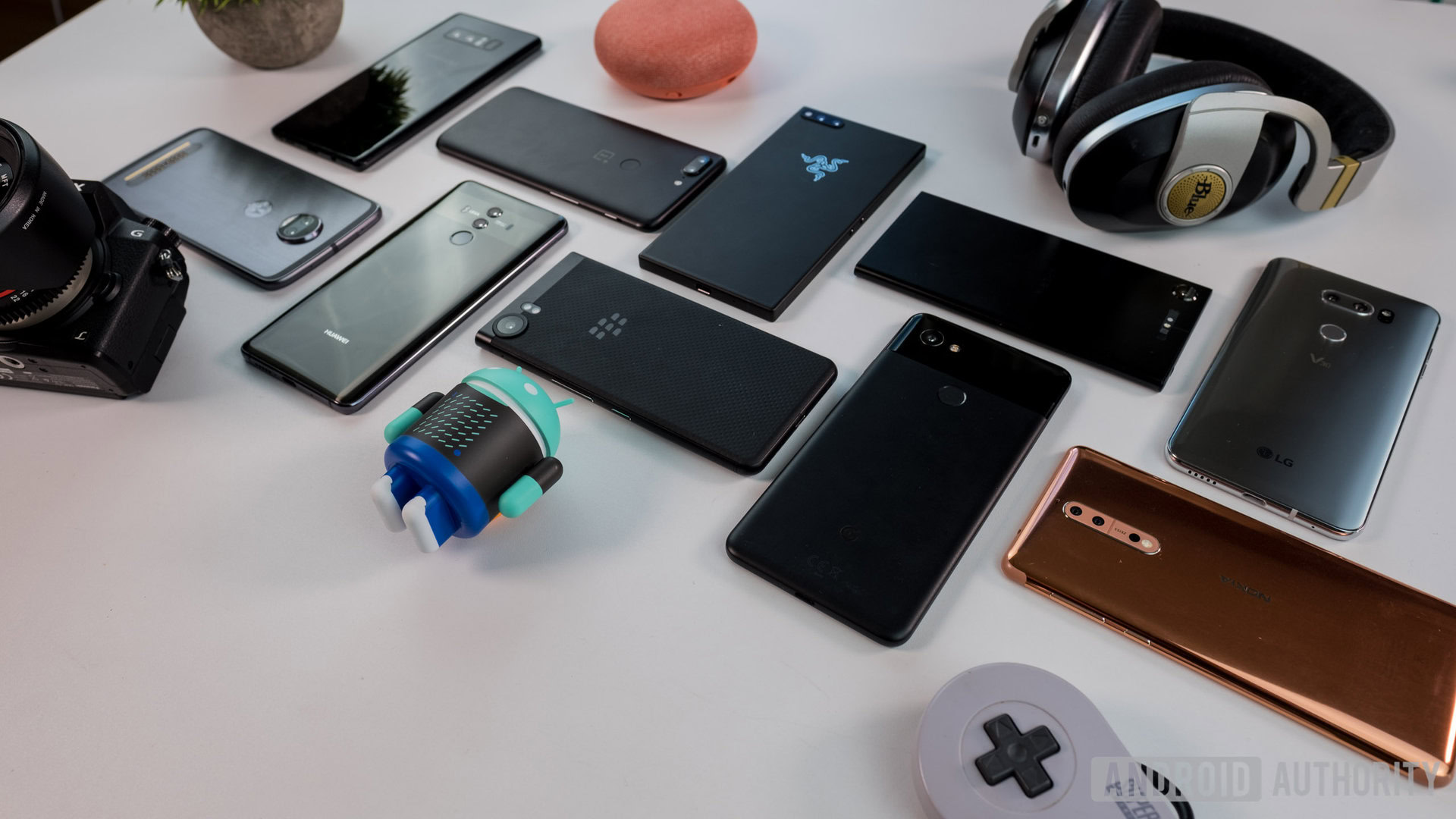
BlackBerry KEYone Black
Without doubt, the KEYone is one of the most unique devices on the list as it’s the only one to offer a full QWERTY keyboard. A throwback to a previous era, the KEYone offers pretty impressive specs – at least for a BlackBerry – but other than the keyboard, there’s not a lot that stands out about the KEYone. The large bezels, slow updates, older OS, and otherwise lack of standout features mean the KEYone scores bottom of our overall UX rankings with 33 points.
Razer Phone
A newcomer to the smartphone space, the Razer Phone is a smartphone designed for gamers and while it looks great on paper, we’ve found the phone doesn’t quite deliver on all of its promises. However, features such as an outstanding variable refresh rate display – which is the first smartphone to go all the way up to 120Hz – help the Razer Phone score a little higher than the BlackBerry at 40 points.
OnePlus 5T
Next up is the OnePlus 5T, and OnePlus’ latest smartphone takes the excellent OnePlus 5 and makes it a little better with a taller display and smaller bezels. A higher screen-to-body ratio helps differentiate the 5T from its sibling but other than this, there’s not a lot that stands out about OnePlus 5T. A score of 42 points is indicative of its overall UX placing.
Moto Z2 Force
Next up on our list is the Moto Z2 Force which offers something different to all the other devices on our list: expandability. Specifically, the ability to use Moto Mods with the handset means you can add new features, as well as improve on the existing ones. Whether it’s the speaker and battery mods to improve those features, or the projector and gaming mods to offer new ways to use your smartphone, Moto Mods help make the Moto Z2 Force what it is and it scores 45 points in total.
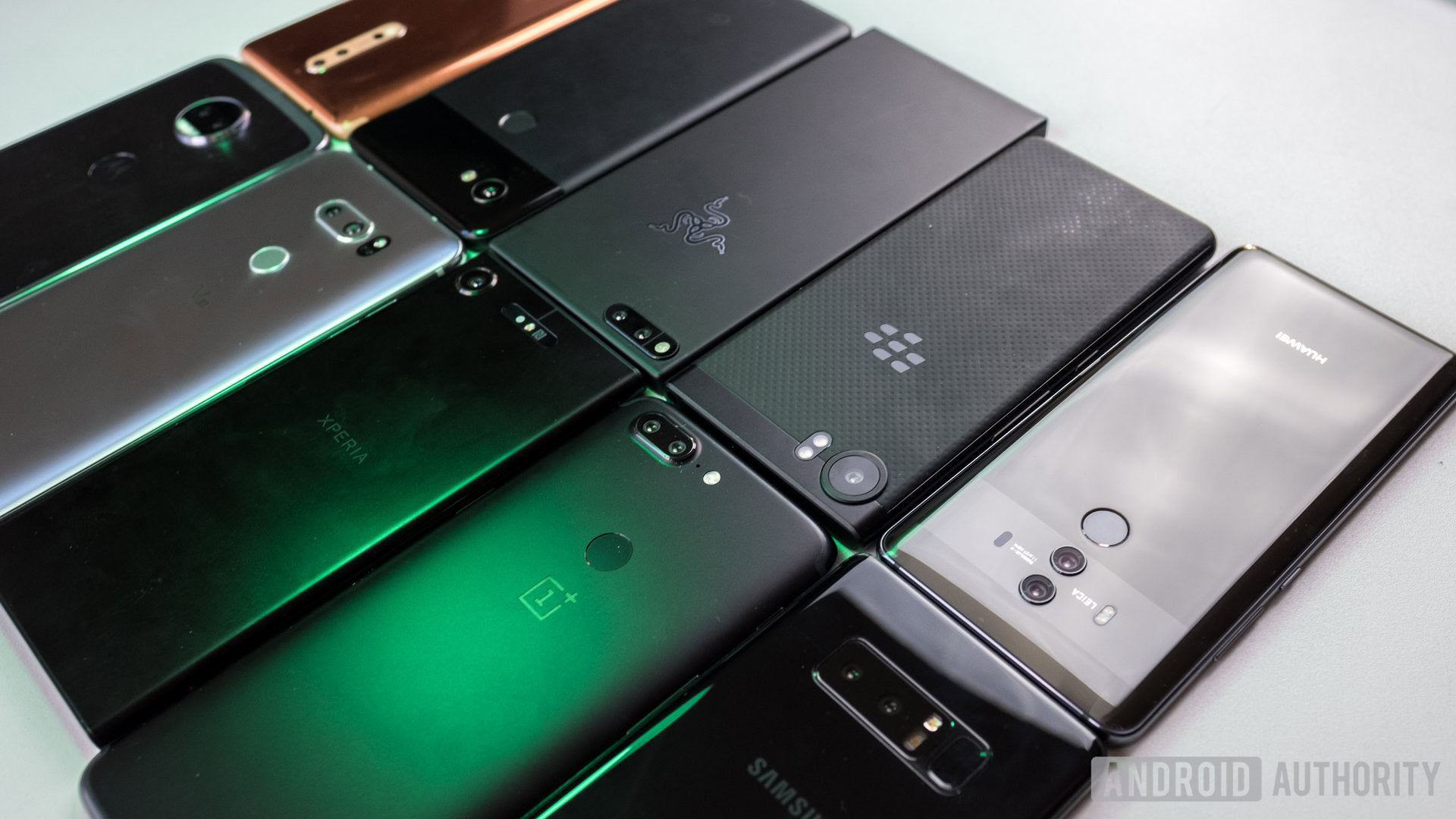
Google Pixel 2 XL
Next up is Google’s latest smartphone and while the rest on our list have a feature or two that some consider gimmicky, the Pixel 2 XL offers the Android experience as Google imagined it. Unfortunately, as far as wish-lists for smartphones go, the latest OS and speed of updates only go a little way towards addressing the lack of features that we feel should be present in all flagships, such as a dual camera and expandable memory. A score of 48 points puts the Pixel 2 XL firmly in the middle of the pack as far as the UX goes.
Nokia 8
Nokia’s back, or at least in some form. Finnish company HMD bought us the first Nokia Android phones earlier this year and the company’s first flagship, the Nokia 8, has certainly surprised all of the team here with its overall experience. The dual camera, splash-proof IP rating and great front camera help the Nokia 8 score 49 points overall.
Sony Xperia XZ1
Sony might release a lot of smartphones but its latest flagship, the XZ1, is definitely an interesting smartphone. It offers a lot we’d expect from a flagship including expandable storage, excellent camera features in the form of the 3D scanning, latest Oreo OS and all-round impressive hardware help the XZ1 score 52 points overall.
HUAWEI Mate 10 Pro
Now to the top 3 and where these phones stand out from the rest is that they tick a lot of hardware boxes we’d expect from the best smartphones. The Mate 10 Pro is the first of these with an excellent Leica dual camera, supremely small bezels, high base storage and HDR 10 support in its display. Slower updates compared to other devices and duplicated apps somewhat detract from the overall experience, but the Mate 10 Pro comes third with a score of 58 points.
Samsung Galaxy Note 8
The Galaxy Note 8 is next up on the list and firmly splits the HUAWEI Mate 10 Pro and the overall UX winner, the LG V30. Samsung bounced back from a horrendous late 2016 with some outstanding devices this year and the Note 8 has blown away a lot of the competition thanks to its S-Pen, outstanding display which also supports HDR 10 and features such as the edge screen. The biggest let downs in the overall experience are that it’s not running the latest OS version and there are quite a few duplicated apps. A score of 61 points is indicative of an overall very good smartphone.
LG V30
The winner of the UX section is the LG V30 as LG’s flagship ticks more boxes than any of the competition. Although not running the latest Oreo OS, the V30 hits all boxes as far as display and audio features go, as well as having above-par shock protection, dual cameras, expandable storage and a lot more. Although it’s not running the latest OS and the interface won’t be for everyone, the LG V30 stands out with 64 points, especially thanks to the excellent features it has in its camera!
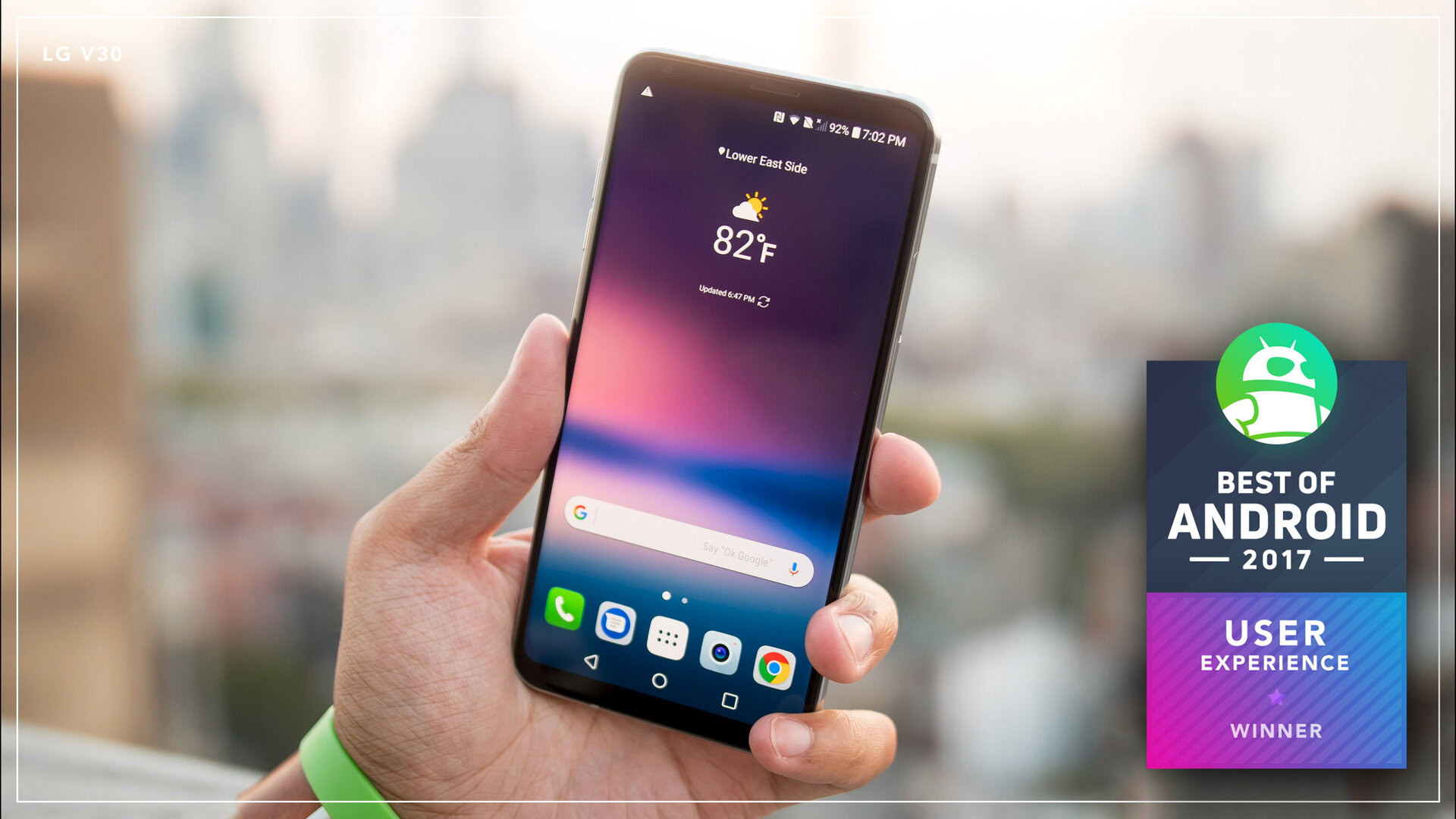
[one_half]
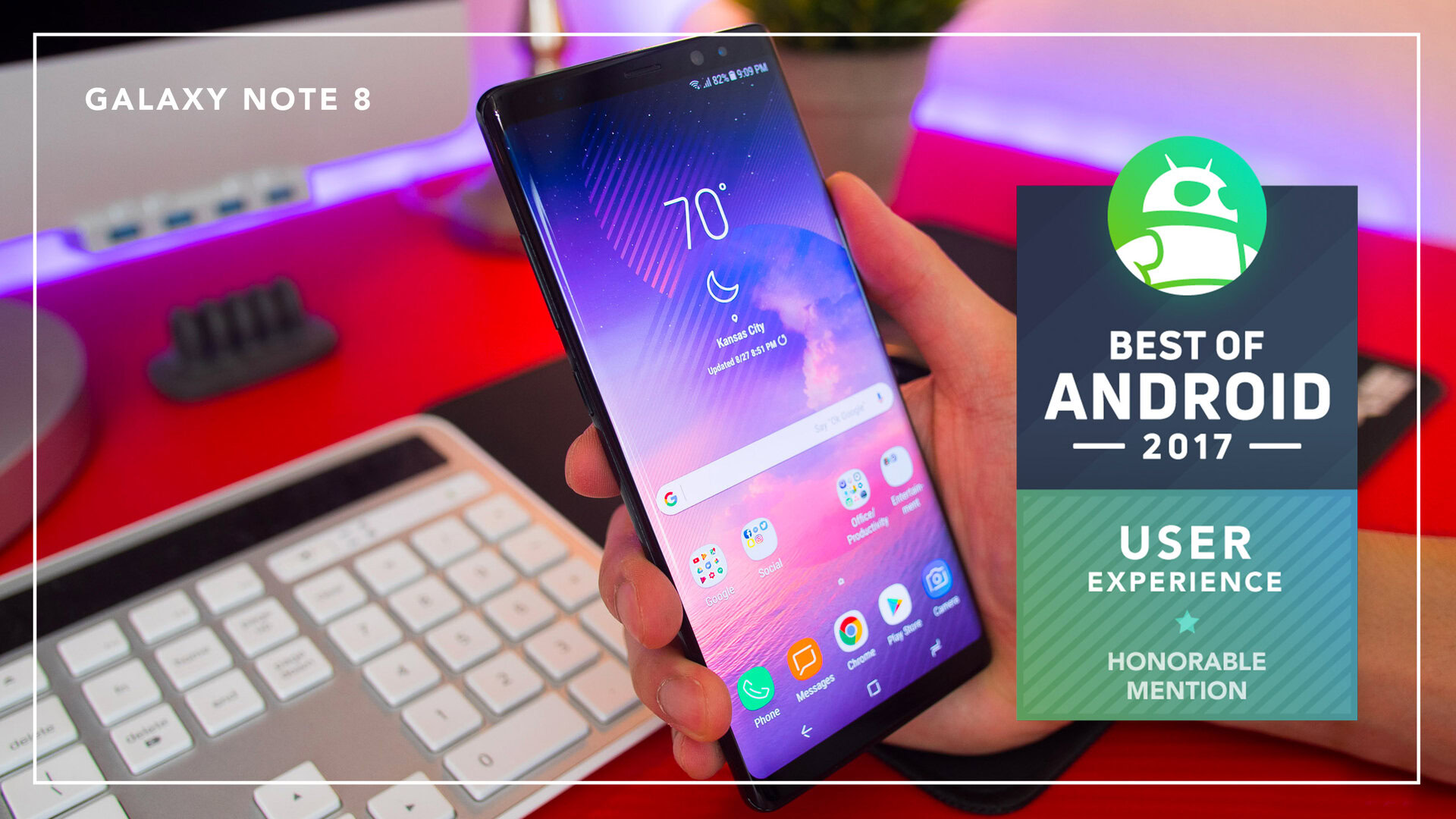
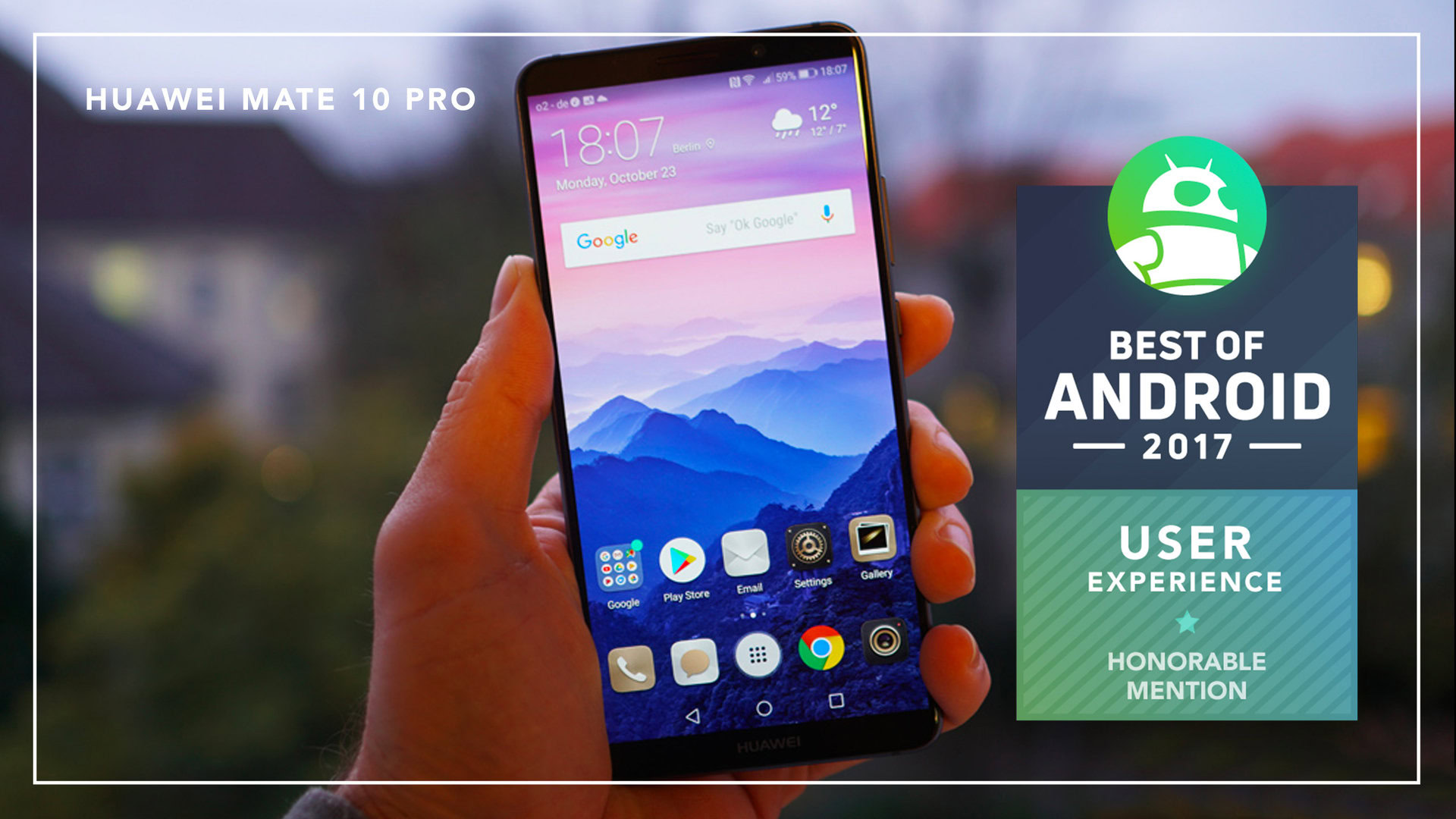
Conclusion
There you have it, the winner of our UX comparison is the LG V30, and it’s closely followed by the Galaxy Note 8 and the HUAWEI Mate 10 Pro. The V30 only scores 53% of the available points however, and this is more indicative of smartphones in general. While different phones offer different features, no one phone offers everything we want to see in a flagship device.
Which phone do you think is the phone of the year? Let us know by voting in the poll below, as your vote counts towards which phone we’re going to crown the People’s Choice Phone of the Year 2017!
Remember, you could win one of the three smartphones that come placed first, second and third overall! To enter, check out all the details in the widget below and for five extra entries, use this unique code: BOAUX7.
Credits
Series Contributors: Rob Triggs, Gary Sims, Edgar Cervantes, Sam Moore, Oliver Cragg, David Imel
Series Editors: Nirave Gondhia, Bogdan Petrovan, Chris Thomas